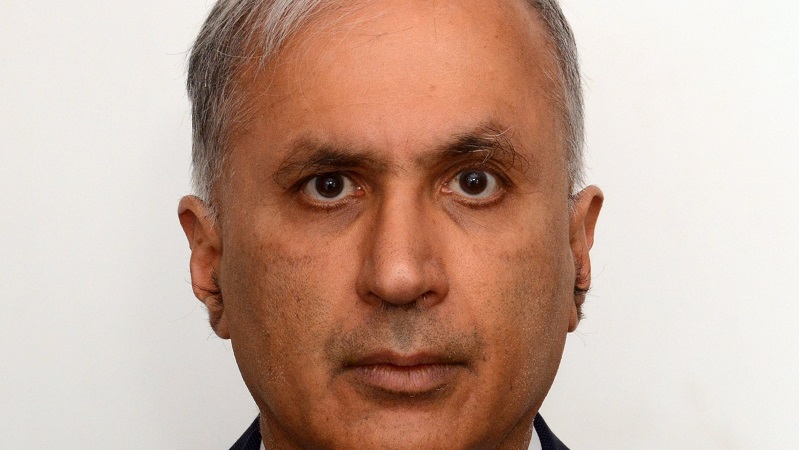The remainder of 2020 is likely to be an incredibly volatile ‘trader market, not investor market’, increasing the importance of remaining agile.
Fortunately, governments have been quite proactive in recent weeks. Just as governments are using social distancing to flatten the pandemic curve, fiscal and monetary policy is being used to flatten the recession curve. If nothing had been done, we could easily have seen collapses in GDP of 25-30% – which would clearly put us into Great Depression territory.
However, in some past pandemics, social distancing was relaxed too quickly, leading to a second wave of infections. If infections pick up again in the autumn, and we are still not ready in terms of testing and ventilators, we could witness a rather gloomy outcome. The influential epidemiological study by Imperial College does expect social distancing to have to be introduced again after having been initially relaxed.
Caution in becoming bullish
One of the areas our models are focused on currently is earnings forecasts, which still appear far too high for us internationally, both bottom up and top down. We are also monitoring forward looking leading indicators of the economy itself, seeking signs of a bottoming.
Over and above the more standard indicators monitored during periods of recession, the elephant in the room today is the medical data – such as infection rates, social distancing and tracing. We also do not know whether the summer will slow down transmission.
In prior recessions, buying into markets about a quarter before the end of a recession proved to be quite a profitable strategy. Ordinarily, you would be looking to buy during this quarter, for a pickup sometime during Q3. However, it is possible to paint a scenario where we get a sharp dip in output in Q2, some pick up in Q3, and then another negative Q4 or Q1 next year as infections spike again.
While this certainly makes navigating the markets tricky for investors, the coming 9-12 months are likely to be quite a fertile environment for trading.
Exploiting currency opportunity
In terms of opportunity over the last few weeks, we were waiting for incoming information to guide us in terms of the appropriate point to re-enter risk assets. Instead, where we found much more opportunity is in foreign exchange, where we have witnessed incredible amounts of volatility within countries and regions.
In the early phases of Covid-19, we benefited from the weakening of the Australian dollar, partly on the back of lower metals prices, as well as Australia’s proximity to China.
We mainly profited from being short the British pound, after it became clear the infection rate in the UK was likely to go up quickly, in part because of the lack of containment policy. In addition to this, the other reason we were short the British pound, primarily against US dollar, stems from the search for liquidity. In environments such as this, markets hunt out countries running large current account deficits. Trading the Swiss franc in both directions has also been beneficial.
If you have the luxury of being an investor like Warren Buffett and close your eyes for three years, there is plenty of opportunity to dip your toe in and buy risk assets. However, our strategy aims to protect client capital. The most likely scenario for 2020 is that markets will be incredibly volatile – so it is crucial to be agile.
Sushil Wadhwani is chief investment officer and manager of the Keynes Systematic Absolute Return Fund at QMA Wadhwani, a PGIM affiliate. He is also a former member of the Bank of England’s Monetary Policy Committee (June 1999 to May 2002)







